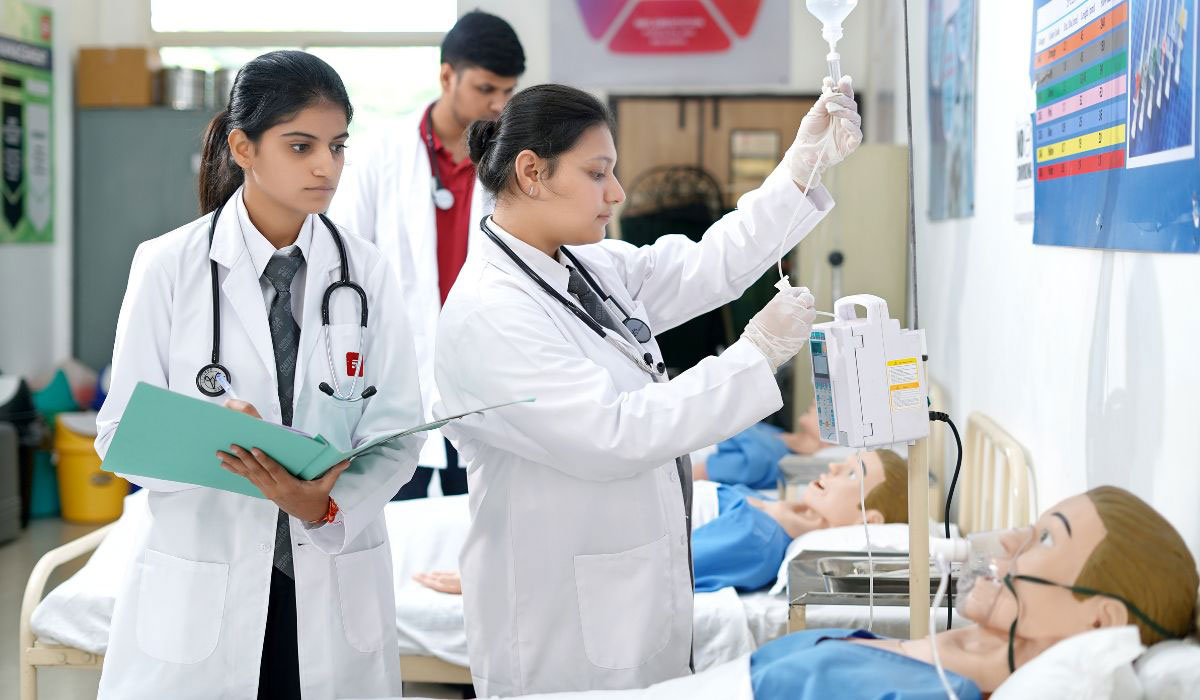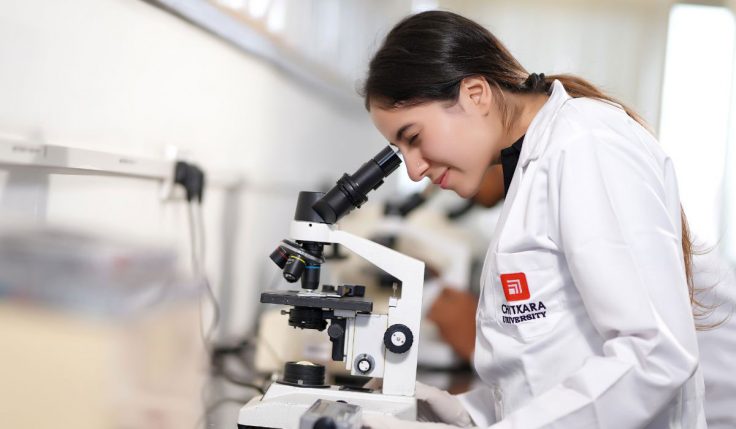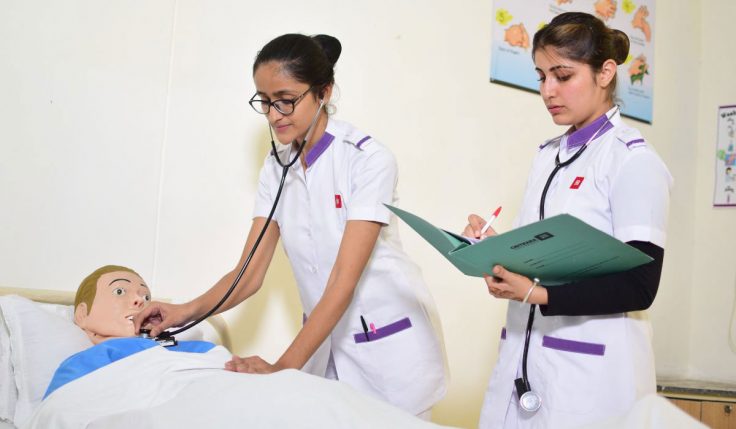Diagnoses and treatments in the healthcare field are always changing because of new technologies. When it comes to new and exact tools for this job, medical imaging is the best match. Imaging is a very important part of current medical care. They can use it to figure out what’s wrong with patients and carry out very difficult treatments.
There are different ways to see what’s going on inside the body that need to be learned about before someone can fully understand medical radiology. Imaging tests like X-rays, CT scans, MRI scans, ultrasound, and nuclear medicine imaging are all part of this. We can learn something different about health problems and the body from each one.
Why x-rays and medical images are used Imaging and radiography are two important parts of medical technology that are used together. They help doctors in a lot of different fields. This kind of picture makes it easy to tell when someone is sick, like when they have cancer, an illness, a broken bone, or heart problems. As the sickness gets worse and the medicine works better, they are also very important for keeping track of these things.
Progress made in medical images and radiation technology Medical x-ray changes what it does all the time because picture technology is always getting better. Magnetic resonance imaging (MRI) tools that are stronger and better ways to work with images have been made possible by these new technologies. This has made medical imaging much better and more efficient. Along with this, the addition of artificial intelligence (AI) has made medical imaging more useful by adding new ways to automate tasks, analyze images, and make predictions.
One that comes to mind is the Bachelor of Science in medical radiation and image technology (MRIT).
If you want to work in healthcare and focus in medical imaging, getting a Bachelor of Science (BSc) in Medical Radiology and Imaging Technology (MRIT) is the best way to do it. In this school that combines different fields, students learn both the theoretical and practical skills they need to do well in this area.
Students in the Bachelor of Science in Medical Imaging Technology (B.Sc. MRIT) school learn a lot of different things. For example, they take general science classes and learn how to use imaging technology and processes. In this class, we talk about a lot of different topics that have to do with the body, illness, and anatomy. To better understand medical pictures, it is easier to do things this way.
Over the course of the school year, students can also learn how to use different picture apps and tools on their own. They learn how to use technology better because of this. This is where they learn how to improve scan techniques, keep people safe, and fix tech issues. This helps them get ready for the issues they might face in a hospital.
When you study for a B.Sc. MRIT, you may also get clinical training or work experience. Students can use what they’ve learned in the classroom in real-life medical settings while pros with more experience watch. Students will remember what they’ve learned in class better and get a better idea of what a medical imaging technologist does all day.
In the end, medical imaging is a cool field that uses science and technology to help people get better. A Bachelor of Science in Medical Radiation Therapy (B.Sc. MRIT) is one way to learn more about medical radiography, which is a very interesting field. If you want to work in patient care or are interested in imaging technology, these schools can help you find a job that fits your needs and interests. So, you should start this cool job right away and find out about all the cool things that can happen in medical imaging and radiography.
The School of Health Sciences at Chitkara University has made a four-year Bachelor of Science program in Medical Radiology and Imaging Technology (MRIT) because there is a greater need for highly skilled radiology techs. The purpose of this class is to teach students how to use ultrasound and other imaging equipment to find out what diseases and conditions people have.
They have to work for Fortis Healthcare Network for a year in order to meet their training requirements. Kids can use this to learn how things work in the real world. A lot of different things are taught at this school, like anatomy, medical images, radiographic methods, and the right way to use medical tools. Students are helped to find work in hospitals, medical equipment companies, and testing centers after they finish. To make sure they have a bright future in the field, this is done.
Also, read this blog post: The Path of B.Sc Medical Radiology X-Rays to Diagnosis
If you go to Chitkara University and get your Bachelor of Science in Medical Radiology and Imaging Technology (B.Sc. MRIT), you can become an X-ray engineer, a CT scan tech, or a radiographer, among other jobs. The course was designed to meet the needs of the healthcare business and includes hands-on learning in current labs. Chitkara School of Health Sciences is the best place to go to school if you want to work in medical scanning or image technology. When they graduate, they are ready for great jobs in medical imaging. People who finish this school are ready to work in these areas.






